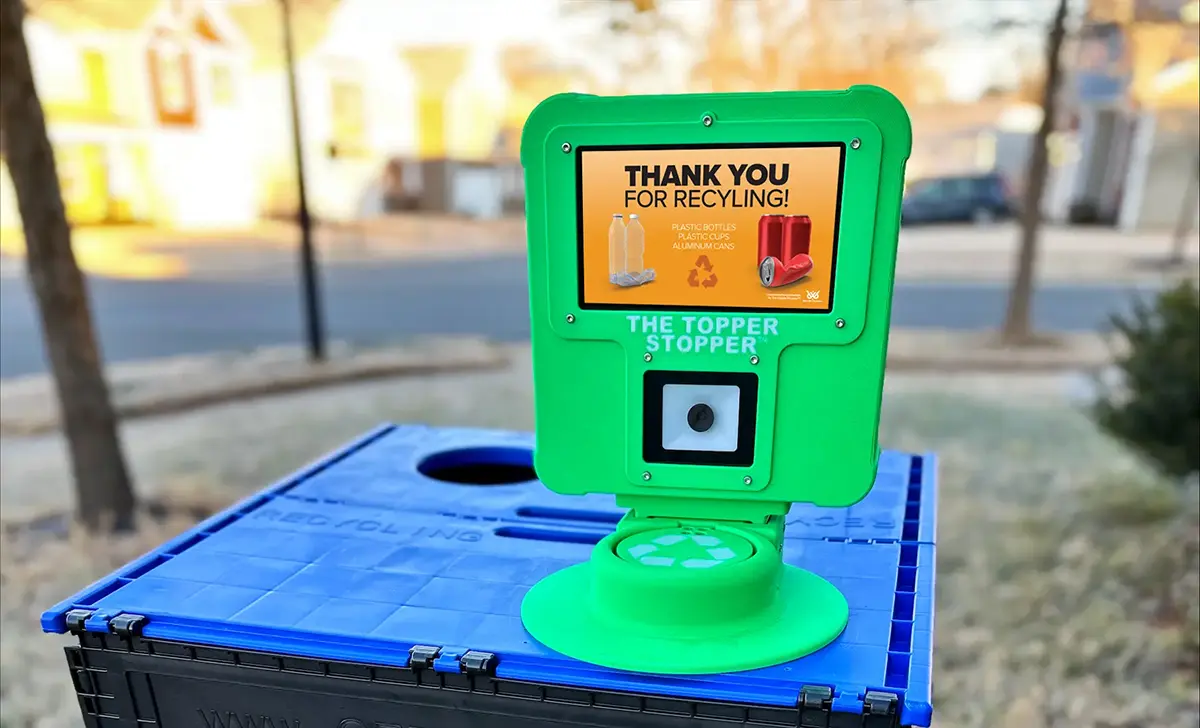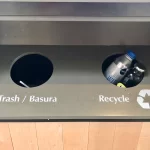Part 3 – Plastic Production & Recycling
Introduction
With the mounting pressure to reduce plastic waste, technology has become a powerful ally. Forward-thinking companies are leveraging smart solutions to transform the way they collect, sort, and recycle materials. At the forefront of this shift is Waste Wise Innovation.
What Is Smart Recycling?
Smart recycling involves using sensors, data analytics, and connected systems to enhance recycling processes. From smart bins that track fill levels to AI-driven sorting machines, these innovations streamline operations and increase efficiency.
Benefits of a Data-Driven Approach
Technology enables real-time tracking of recycling performance, reduces contamination rates, and helps municipalities and corporations make informed decisions. Businesses can now identify patterns, optimize pick-up schedules, and measure impact, all with the help of smart tools.
Waste Wise Innovation’s Role
Waste Wise Innovation is leading the charge by integrating smart tech into recycling infrastructure. Their systems not only improve performance but also make it easier for companies to meet sustainability goals while controlling costs.
Conclusion
Smart recycling isn’t just the future, it’s the now. With partners like Waste Wise Innovation, businesses can implement sustainable solutions that are efficient, scalable, and impactful. Embracing these technologies means staying ahead of both economic and environmental challenges.






